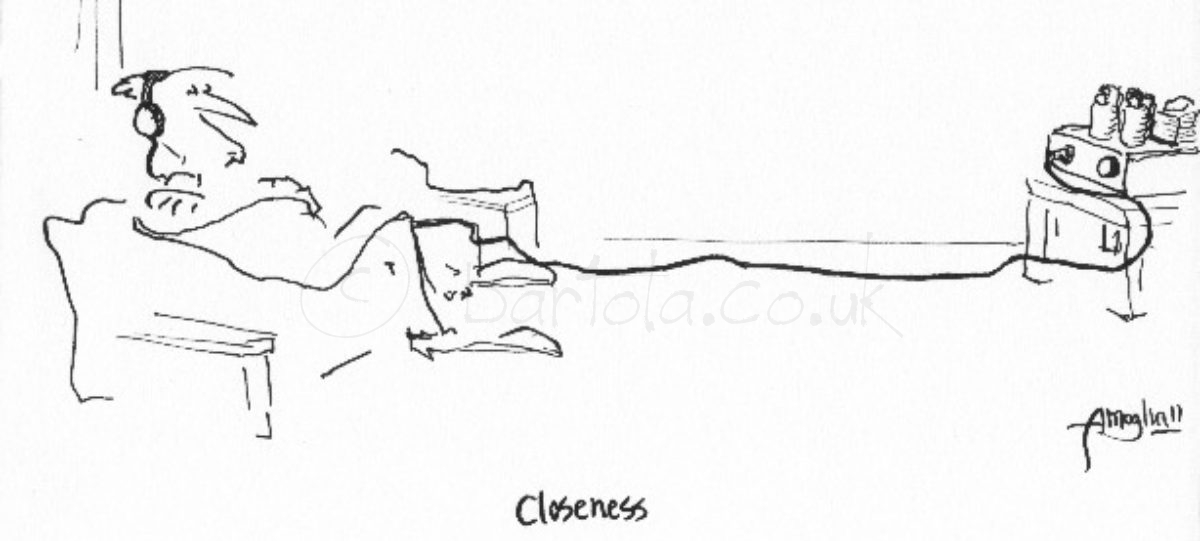THD analysis for 12P17L in triode-mode (left-handed)
Looking at the THD for the 12P17L in triode mode (left-handed) using a CCS load and driving the input with the TEST SET oscillator to achieve the output at 10Vrms (+22.22dBu) to look at valve’s distortion in particular. This valve is more linear at lower currents (Ia=25mA) rather than an operating point to maximise anode power (e.g. Ia=50mA) as would be in an output stage:

Interesting to see that there is a point where there is a second harmonic cancellation and only H3 component is visible achieving very low THD (circa 1.3%):


A compromise point to obtain maximum output power whilst minimising distortion was found to be:
- Ia=35mA
- Vg=-15.2V
- Va=241V
- THD=0.13%
This puts the valve under 8.4W anode dissipation. Looking at the specs you can see that anode dissipation is 7.5W and g2 dissipation is 2W.

I’d rather operate this valve at a lower dissipation point.



